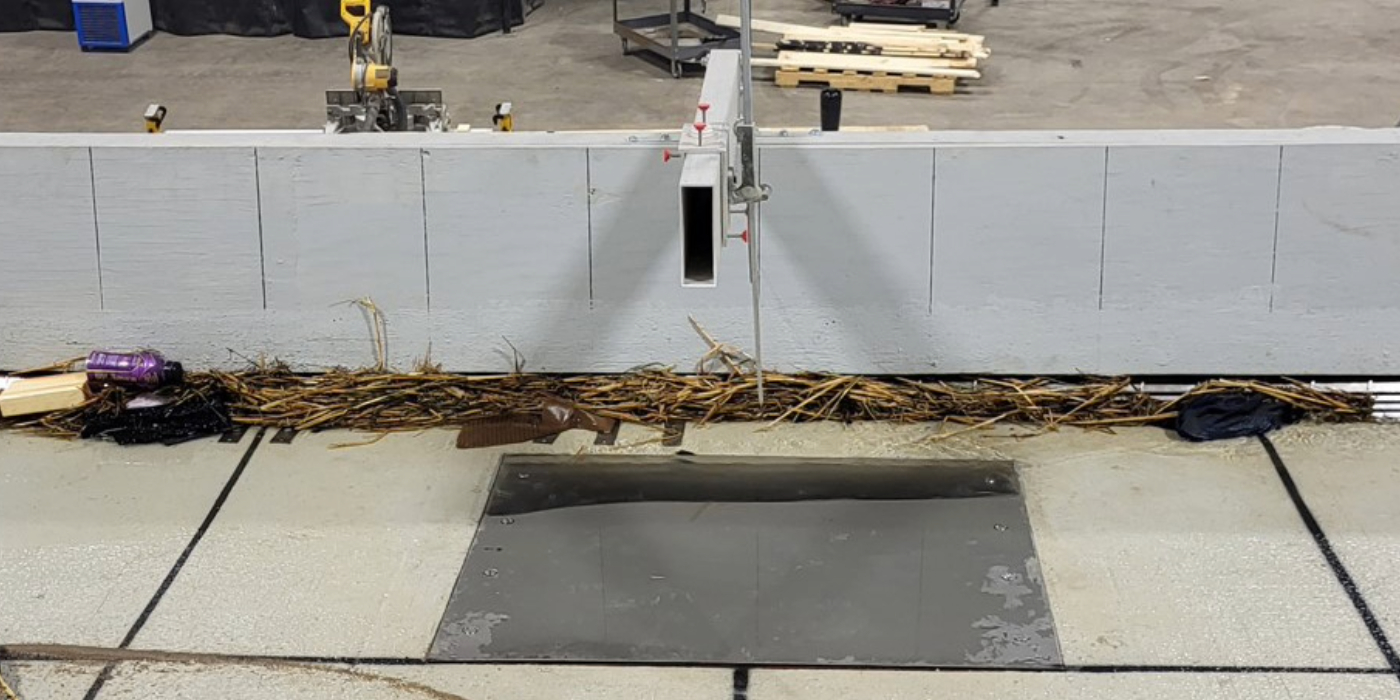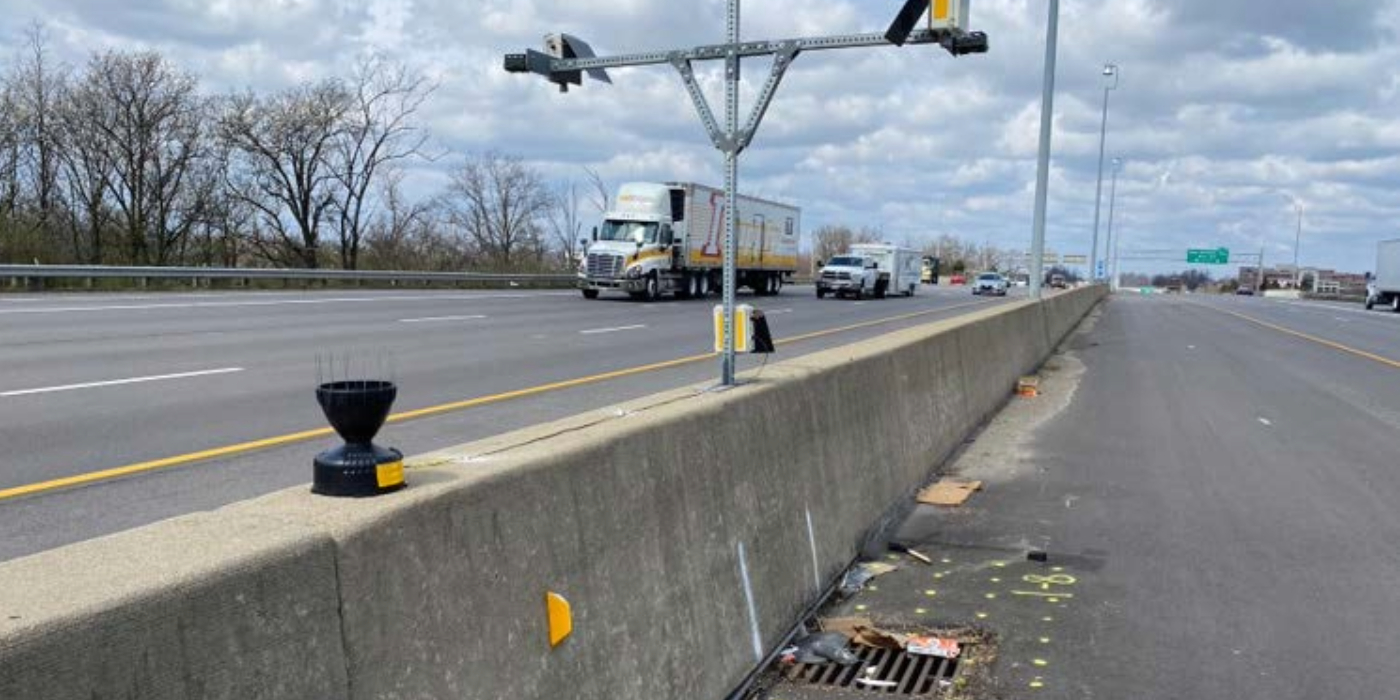ODOT Research: Benefit Analysis of Barrier Screen Inlet
Challenge
ODOT needed assistance determining the best method for providing a safe, efficient, and cost-effective device to keep litter and debris from clogging the urban highway drainage system.
Services Involved
- Data Analysis and Research
- Highway Design
- Hydrology and Hydraulics
- Stormwater Flow Monitoring
- Standards and Specifications
- Project Management
ODOT Research: Benefit Analysis of Barrier Screen Inlet
The Ohio Department of Transportation (ODOT) roadside drainage features are imperative in assisting the stormwater collection systems to keep roads safe and dry. When small items, such as fine soil particles and grass clippings, and large items, such as tree branches and tires, block inlet openings on the roadways, they obstruct the gutter line and ultimately reduce the hydraulic capacity of the sewer system. Eventually, ponding on roadways and increased stormwater spread becomes a hazard to drivers.
Roadway barrier inlets are particularly vulnerable to these issues, given their close proximity to the travel lanes and the size of their openings.
ms facilitated roadway research and prepared a comprehensive report in which the team provided analysis and recommendations.
FIELD TESTING
The Ohio State University (OSU) performed field tests at various monitoring sites on interstate highways across the state of Ohio. By utilizing remote sensing technology, the team could analyze debris accumulation, water ponding depth, spread, etc. They also were able to compare devices based on installation, maintenance, and long-term durability so that ODOT may choose the most quality and cost-effective solution.
In addition to OSU measuring performance metrics, the University of Iowa performed full-scale physical modeling by constructing a full-scale 12-foot wide, 50-foot-long test channel to evaluate the hydraulic performance of the various devices. The university tested debris removal efficiency and the impacts of hydraulic capacity by utilizing simulated trash in the test channel.
THE COST-BENEFIT ANALYSIS
After analyzing inlet blockage and potential protection devices, ms will provide ODOT with a report detailing the findings and actionable recommendations. The report will address the following:
- How clogging of the barrier inlet screens impacts hydraulic capacity and spreads into road lanes.
- The environmental and anthropogenic factors that impact litter and debris conveyance to an inlet.
- The efficacy of the various inlet protection devices at separating litter and debris from stormwater.
- The durability of the barrier inlet screen devices.
- Product/practice recommendations to alleviate ODOT’s barrier inlet litter problems and the anticipated required maintenance.
- Cost-benefit analysis of the product/practice recommendations, including maintenance, compared to current ODOT practices.
Due to ms’ facilitation and expertise, ODOT will be able to effectively manage roadside debris and litter, ultimately creating a safer roadway system for motorists. ms is proud to create efficient and innovative solutions for our clients so that communities can continue to develop and flourish.


